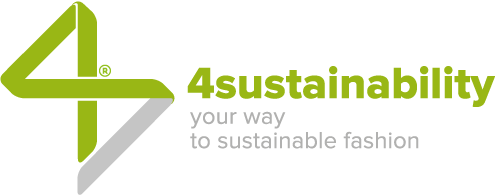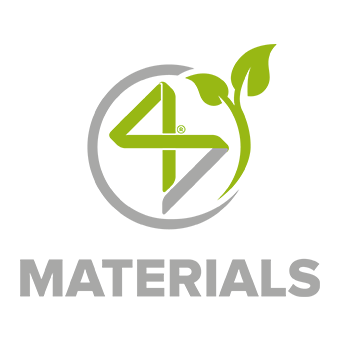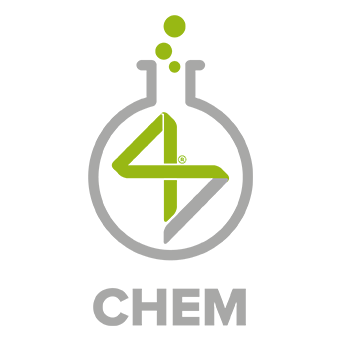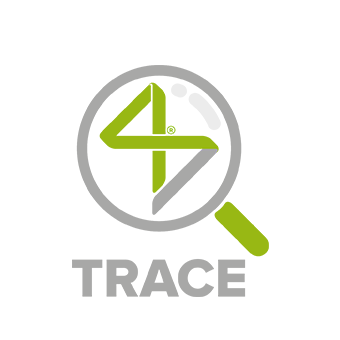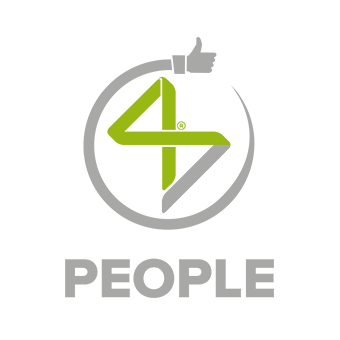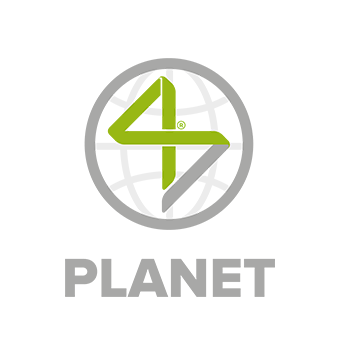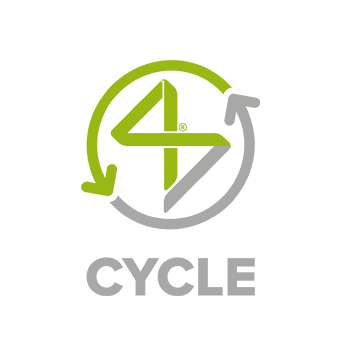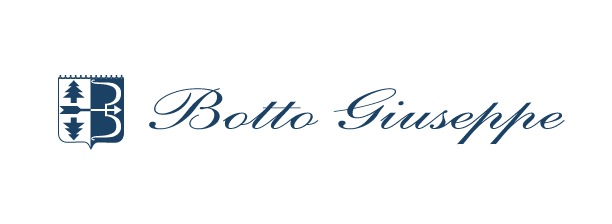
Botto Giuseppe e Figli SpaID Nr. 4S-100507e-report version 3.0
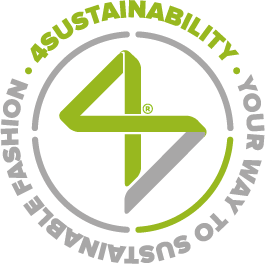
Botto Giuseppe e Figli Spa has been producing fine yarns and fabrics since 1876. Today, the fourth generation of the family runs an international business with many of the world’s most prestigious luxury customers. More than 140 years of tradition and history are embodied in products that combine beauty and research.
Over the years, jersey and knitting yarns have been added to the company’s range of products until the present vertical structure of the company.
Today, the ongoing challenge is to offer products with a low environmental impact, where circularity aims to become the natural process at every start and end of the production life cycle.
The finest raw materials are used: superfine wool, cashmere, silk processed in the factories in Valdilana, in the province of Biella and Tarcento in the province of Udine.
Botto Giuseppe e Figli Spa is an international company that operates all over the world, and with the most important international fashion companies.
www.bottogiuseppe.com
4SUSTAINABILITY® COMMITMENT
Growth and sustainability are the factors for which we want to stand out, founding our strategy on the belief that ethical approach should characterize our business model. We firmly believe there cannot be a long-term economic development without a social and environmental development.
Inspired to and aligned with the Sustainable Development Goals set by the United Nations in the 2030 Agenda (SDGs), we’re committed to contributing to the generation of global positive change, assuming a clear environmental and social responsibility.
We do it concretely by joining the 4sustainability® roadmap, making the values and action programs it embodies our own, committing ourselves to starting a virtuous change journey in our business model, through one or more initiatives that we tell in this e-report.
this initiative contributes to the following main UN Sustainable Development Goals
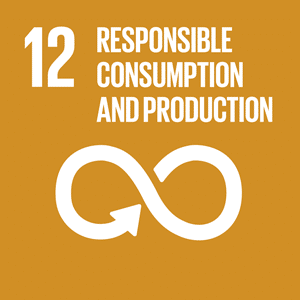
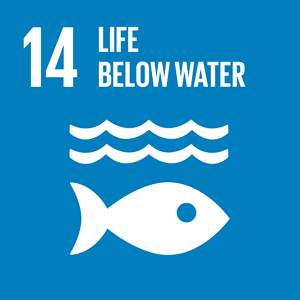
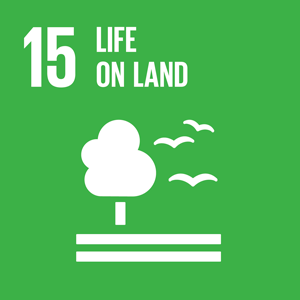
DATA REFERENCE PERIOD
from 01/01/2024 to 31/12/2024
LAST ISSUE DATE
31/01/2025
IMPLEMENTATION LEVEL
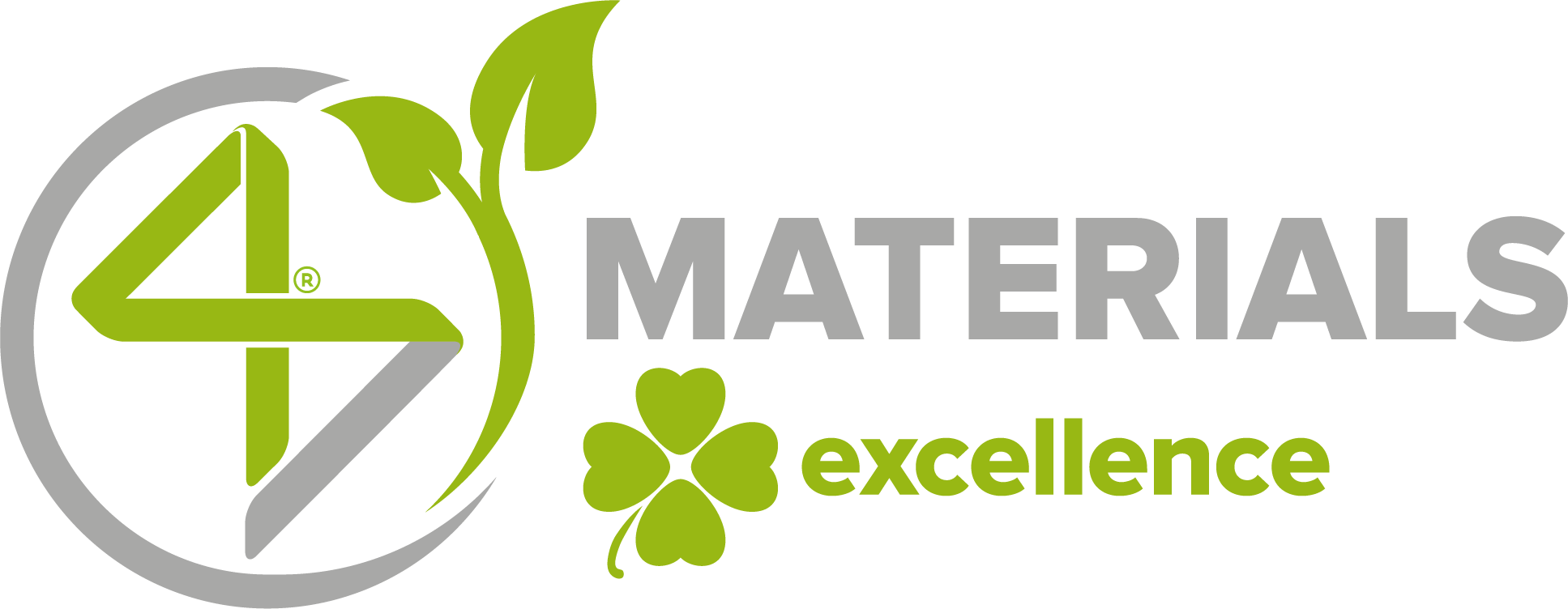
the implementation level is defined after the assurance process following the achievement of the protocol’s minimum requirements and is reviewed annually
The company has completed one or more certification processes, but the relating trademarks cannot be published yet.
68%
percentage of preferred materials sourced
INPUT
The input percentage indicates the proportion of raw materials with recognized sustainability attributes. The calculation is performed by mapping the purchases made during the year and highlighting the share-volume of the sustainable ones based on the positive attributes as defined in the 4s Materials Library.
BREAKDOWN OF PREFERRED MATERIALS BY TYPE OF FIBRE
100%
Percentage of traceability knowledge information about raw material
KNOWLEDGE OF TRACEABILITY INFORMATION ABOUT RAW MATERIALS
The percentage represents the extent of information on raw material, including origin country, recycling method (for recycled fibers), and sector. It’s calculated by comparing the volume of raw materials with complete information to the total purchased volume.
SUSTAINABLE PACKAGING
The sustainable packaging indicates the amount of primary or secondary packaging material for which the producer employed techniques and input factors that lead to an improvement in environmental performance.
52%
percentage of incoming sustainable packaging
100%
Percentage of processes included in certified production
INPUT
The input percentage indicates the processes included (and therefore usable) in the certified productions compared to the total processes that the company carries out internally. It is the detail of the processes listed in their Scope Certificate.
INPUT
The input percentage indicates the proportion of chemical products that are approved by sustainability standards. The calculation is performed by mapping the chemical inventory during the year and highlighting the number of chemical products compliant with the sustainability requirements of 4sustainability Materials protocol.
8%
percentage of incoming chemical products by sustainability standards
100%
the percentage indicates the detail of the kg or meters processed internally by the company compared to the total internal production
elimination of toxic and harmful chemicals from production cycles in line with the ZDHC Roadmap to Zero Programme
this initiative contributes to the following main UN Sustainable Development Goals
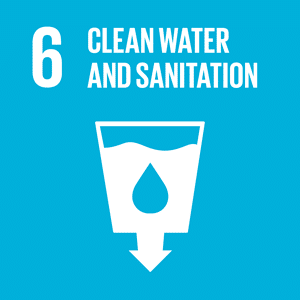
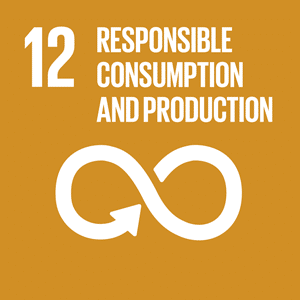

LAST REPORT ABSTRACT
download the report abstract with the main KPIs collected during the last on site assurance performed; if present, the abstract also includes the ZDHC Foundational or Progressive Level Certificate
IMPLEMENTATION LEVEL
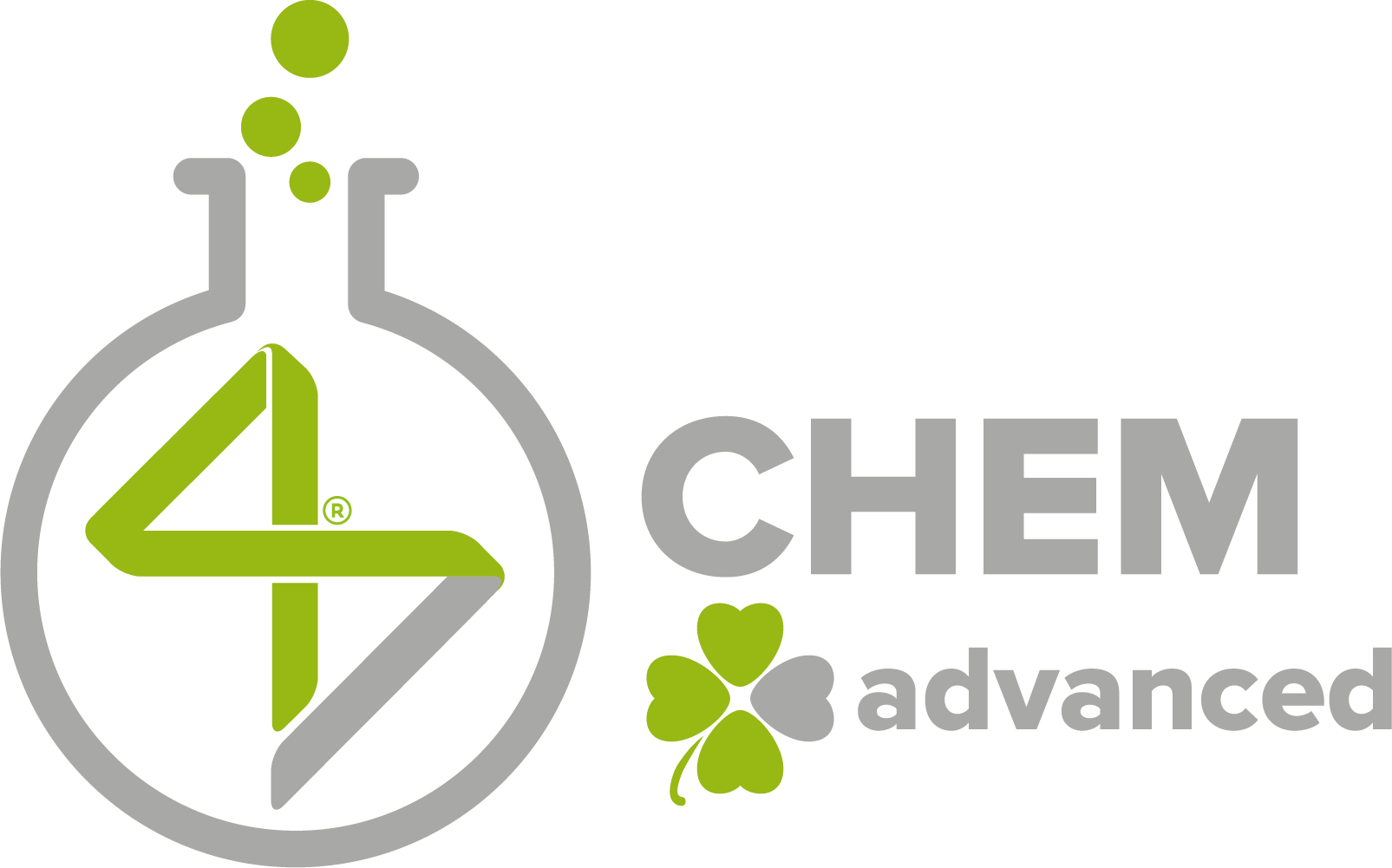
the implementation level is defined after the assurance process following the achievement of the protocol’s minimum requirements and is reviewed annually
The company has adopted the ZDHC MRSL for eliminating toxic and harmful chemicals from its processes and the 4S PRSL for raw material control. It has also implemented all the ZDHC CMS TIG requirements on internal and external processes.
CHEMICAL MANAGEMENT SYSTEM SCORE
69%
the percentage indicates the overall level reached through the implementation of 4s CHEM protocol requirements
ASSURANCE PROTOCOL
PRODUCTION VOLUMECOVERED BY MONITORED CHEMICAL INVENTORIES
65%
percentage of internal and external production volumes monitored through chemical inventory assessments
INTERNAL CHEMICAL INVENTORY EVALUATION
WASTEWATER TESTING
ZDHC MRSL parameters following ZDHC Waste Waters Guidelines
wastewater compliance percentage; when in presence of “doesn’t meet requirements” slice, a Root Cause Analysis (RCA) has been performed and uploaded in ZDHC Gateway Waste Waters Module
PRODUCTION VOLUMECOVERED BY WASTEWATER TESTING
75%
percentage of internal and external production volumes whose wastewater has been tested following ZDHC Waste Waters Guidelines
this initiative contributes to the following UN Sustainable Development Goals
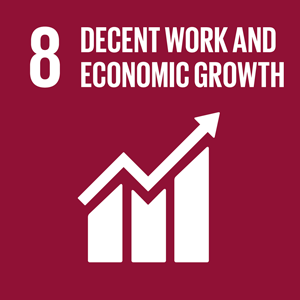

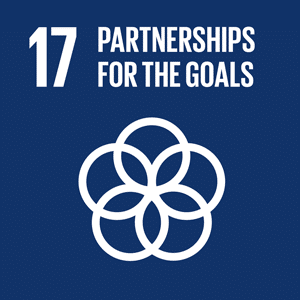
DATA REFERENCE PERIOD
from 01/01/2024 to 31/12/2024
LAST ISSUE DATE
20/12/2024
IMPLEMENTATION LEVEL
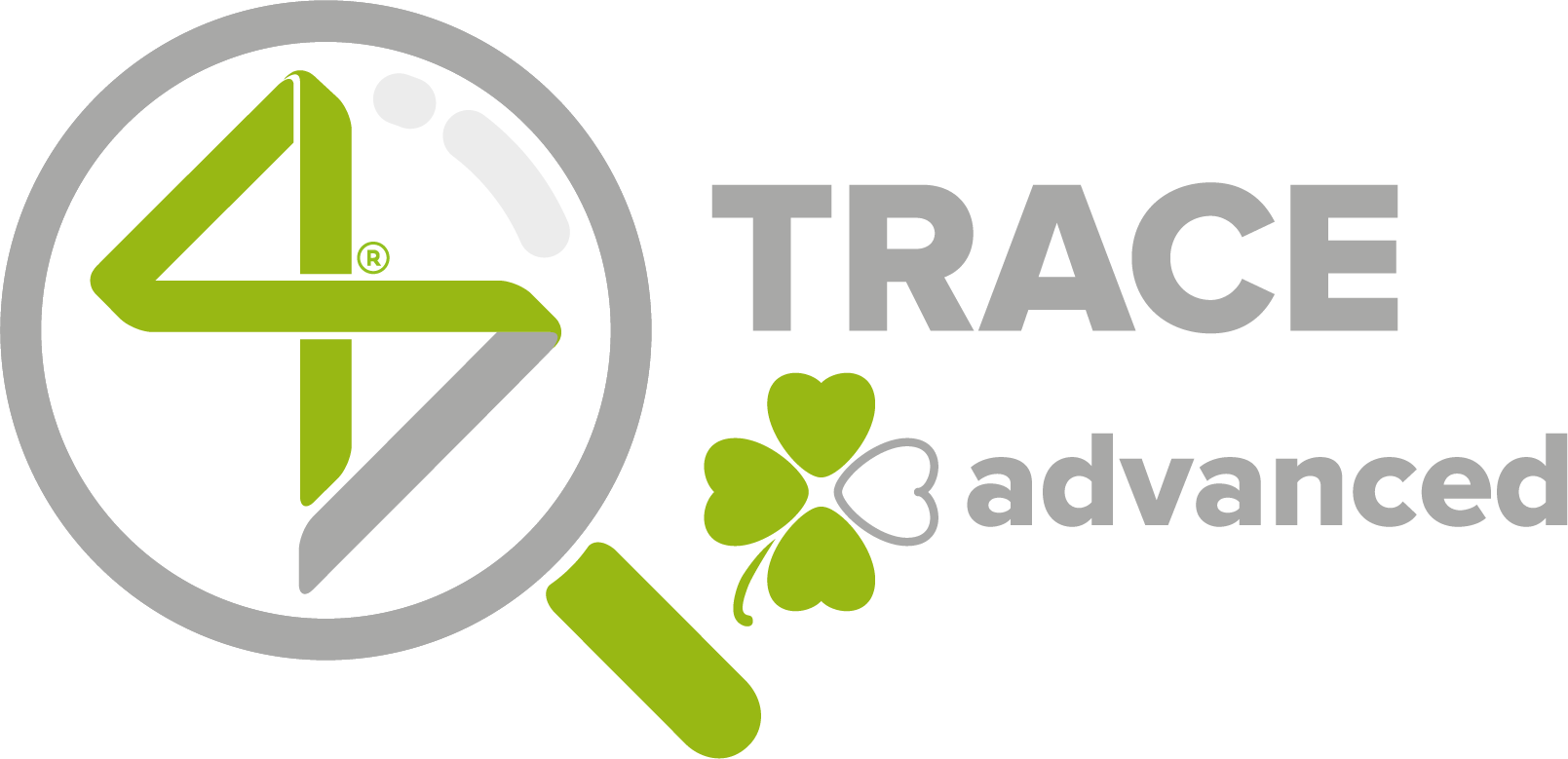
the implementation level is defined after the assurance process following the achievement of the protocol’s minimum requirements and is reviewed annually
The company has implemented a track & trace management system. If there are outsourced processes and raw materials purchases, the company has also involved its suppliers on sustainability performances data collection, implementing a rating system to push them towards continuous improvement.
ENGAGEMENTBY CATEGORY OF SUPPLIERS
SUPPLIERS INVOLVEDon all issues of environmental and social sustainability
48%
percentage of suppliers involved in the implementation process on the total number of mapped suppliers
RAW MATERIAL SUPPLIERSASSESSED
46%
percentage of suppliers whose data have been collected
RAW MATERIAL SUPPLIERS' RATING
PROCESS SUPPLIERS' RATING
PROCESS SUPPLIERSASSESSED
58%
percentage of suppliers whose data have been collected
this initiative contributes to the following UN Sustainable Development Goals
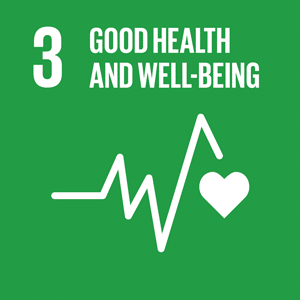
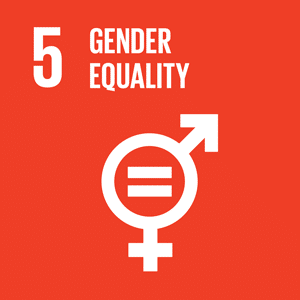
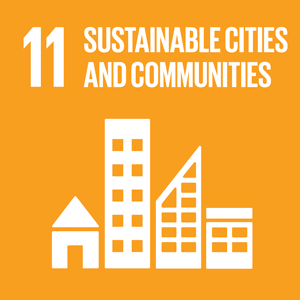
IMPLEMENTATION LEVEL
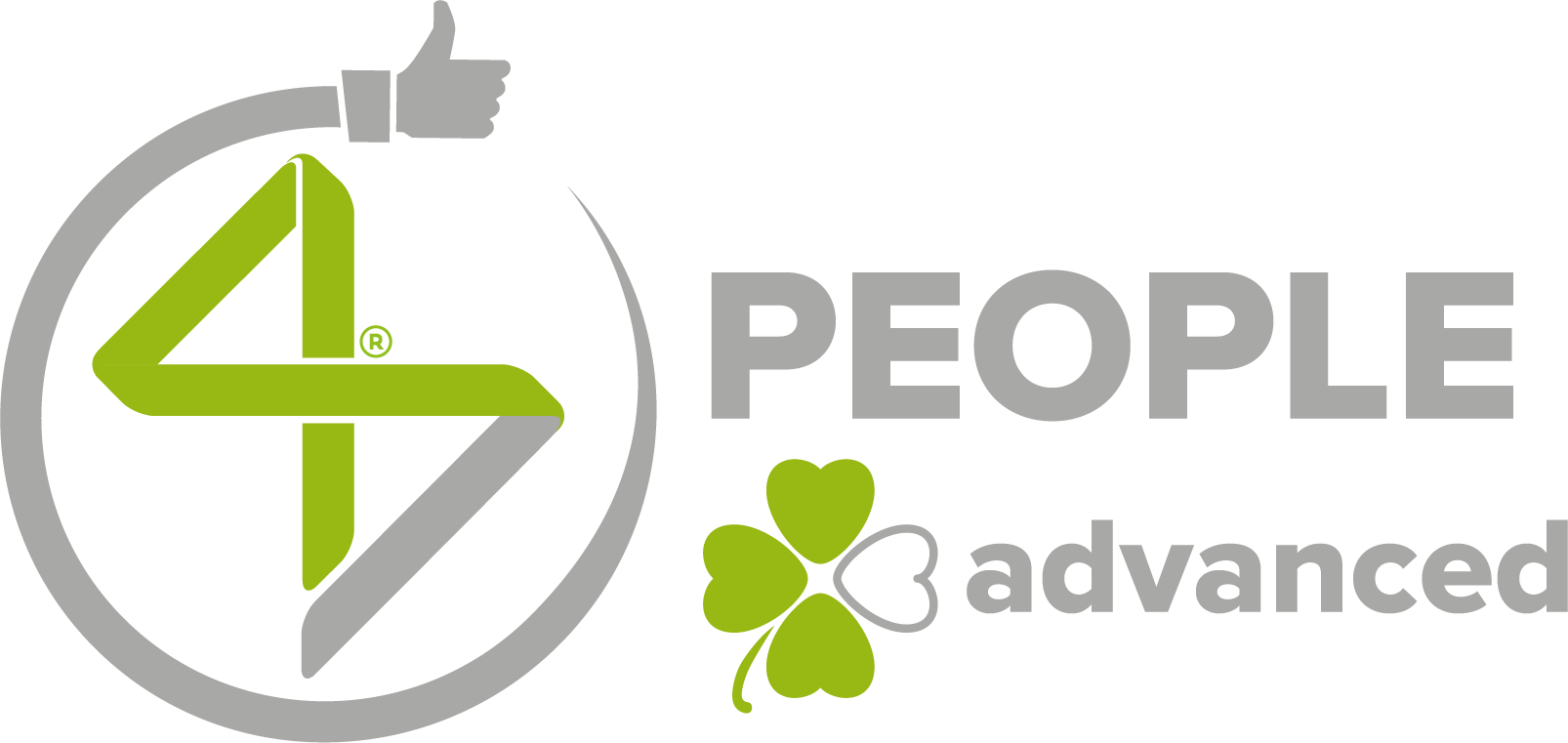
the implementation level is defined after the assurance process following the achievement of the protocol’s minimum requirements and is reviewed annually
The company has verified social compliance to improve its performances and is working on culture, organization, services and environment to grow its stakeholder wellbeing.
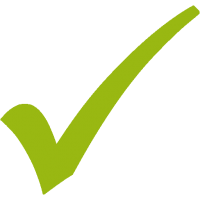
verification date
10/01/2025
SOCIAL COMPLIANCE
The company complies with the key requirements and standards for protecting workers’ health, safety and rights in the workplace.
CORPORATE CULTURE
The beliefs, assumptions, values and ways of interaction that contribute to the social and psychological environment of an organization and inspire people actions and behaviors.
50%
protocol requirements application percentage
27%
protocol requirements application percentage
BUSINESS ORGANIZATION
“Business organization” includes rules and processes through which a company carries out its functions and activities – a key lever to improve employees’ work-life balance and corporate well-being.
SERVICES & BENEFITS
“Services & Benefits” include possible initiatives aimed at taking care of and supporting workers: workplace services, human services and benefits to employees.
35%
protocol requirements application percentage
67%
protocol requirements application percentage
WORK ENVIRONMENT
“Work environment” includes initiatives aimed at promoting the wellbeing of workers through an improving quality of workspaces (appropriate workstations, welcoming and well-lit offices…) and the presence of relaxation areas.
this initiative contributes to the following UN Sustainable Development Goals
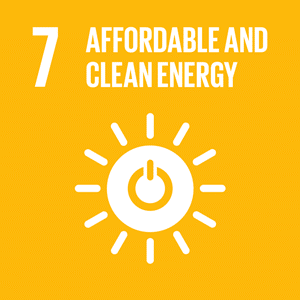
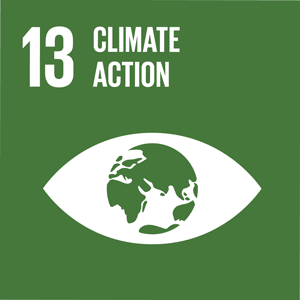

DATA REFERENCE PERIOD
from 01/01/2023 to 31/12/2023
LAST ISSUE DATE
25/10/2024
IMPLEMENTATION LEVEL
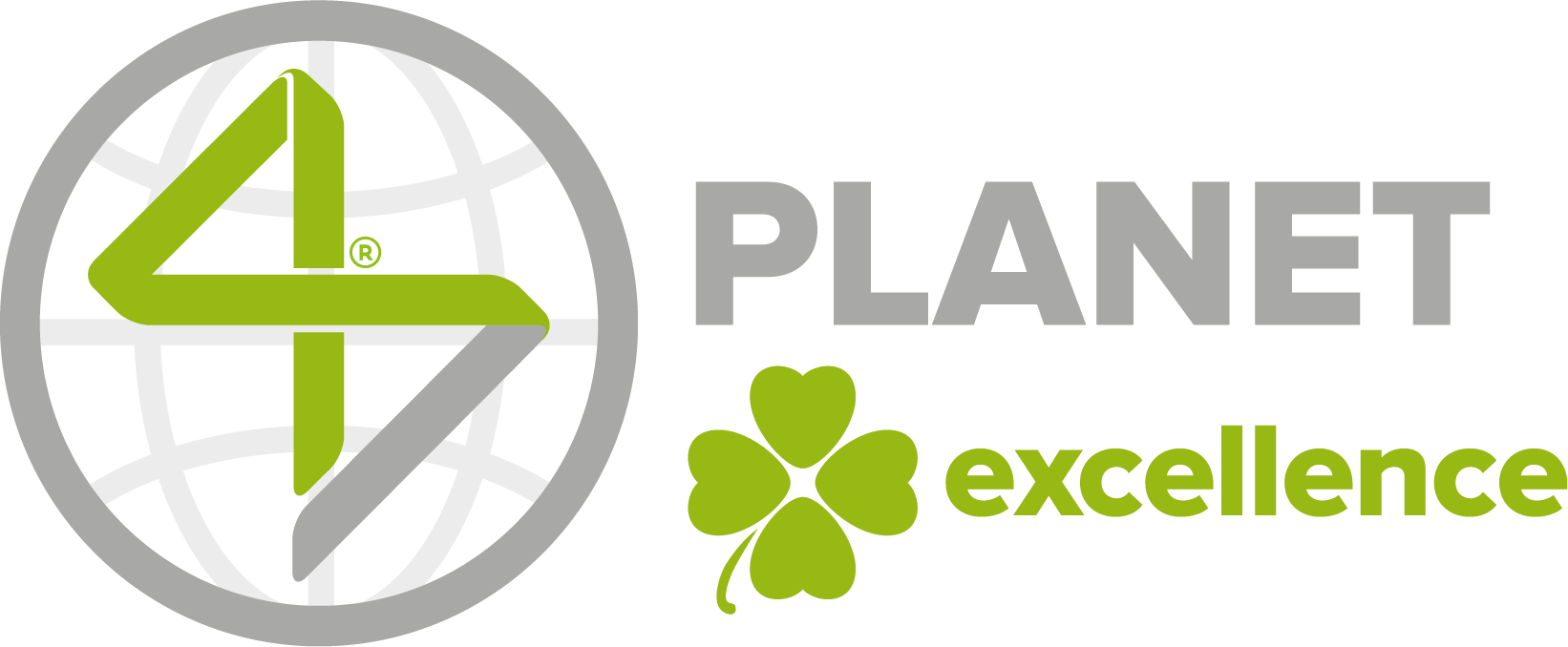
the implementation level is defined after the assurance process following the achievement of the protocol’s minimum requirements and is reviewed annually
The company has identified its main environmental impacts and implemented a calculation of its Water Footprint and/or Carbon Footprint and has started a roadmap for impact reduction on direct and indirect footprint.
MAIN ENVIRONMENTAL IMPACTS
The main company impacts are calculated starting from the direct ones. The calculation is then extended to include indirect impacts according to their order of relevance.
Consumption here on the side refers to an annual production of 2.352.024 kg.
CONSUMPTION
12.443.739,41Kwh
ELECTRIC ENERGY
36.150.650,94Kwh
THERMAL ENERGY
398.059,30liters
WATER VALUE
CO2eq (CARBON DIOXIDE)
7.053.399,00KG
total emission (e.g. energy and water consumption, waste, fuels, packaging...)
ENERGY
SOURCES
78%

OTHER
SOURCES
22%

FROM
SUPPLY CHAIN
0

DIRECT USE
100%
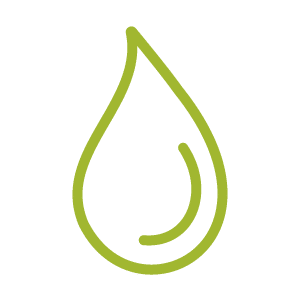
INDIRECT USE
0%

WATER
398.059.300L
total consumption
this initiative contributes to the following main UN Sustainable Development Goals
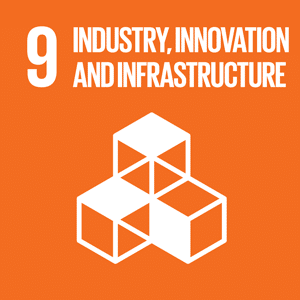


DATA REFERENCE PERIOD
from 01/01/2023 to 31/12/2023
LAST ISSUE DATE
25/10/2024
IMPLEMENTATION LEVEL
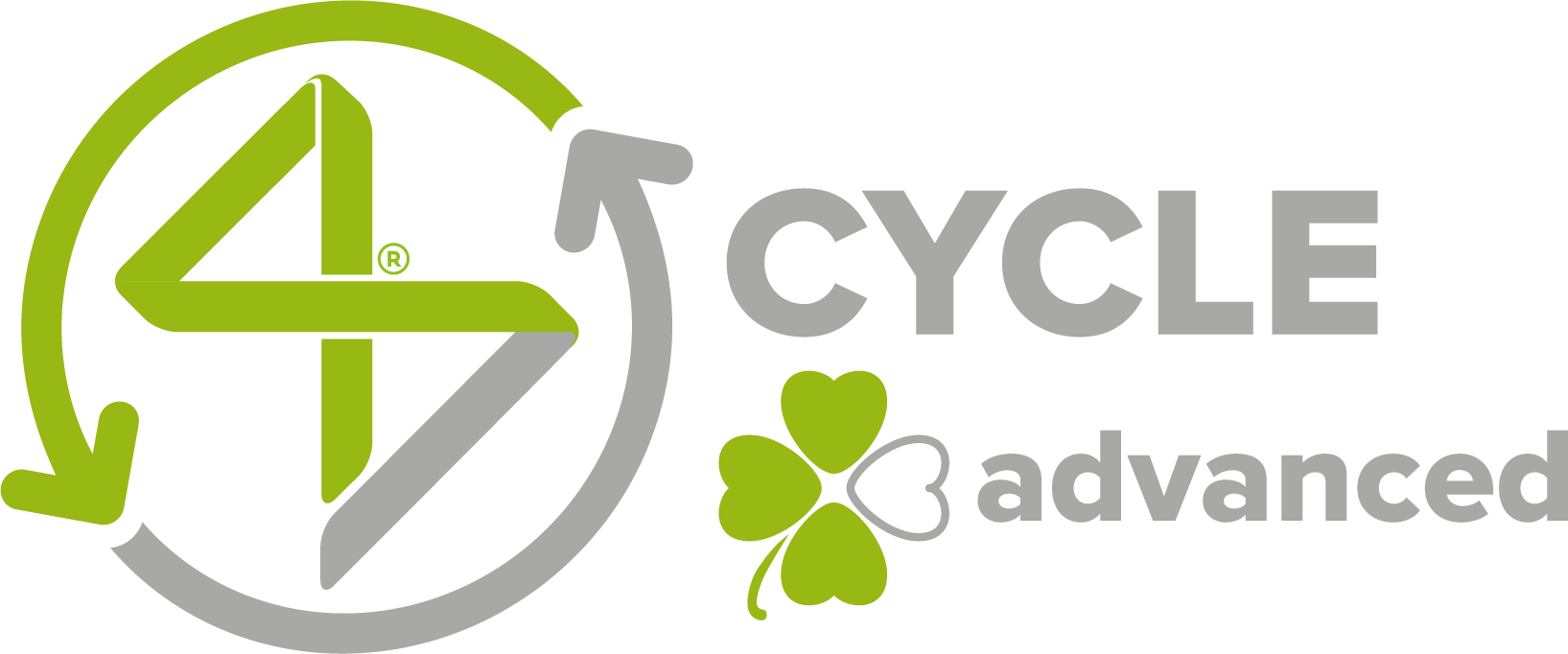
the implementation level is defined after the assurance process following the achievement of the protocol’s minimum requirements and is reviewed annually
The company has defined a circularity roadmap starting from an assessment and implementing a set of activities aimed at increasing its circularity index.
CIRCULAR INCOMING FLOW
Measures the percentage of material (raw materials and packaging) with renewability or sustainability characteristics out of the total input materials.
RAW MATERIALS
39%
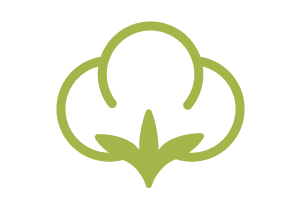
PACKAGING
45%
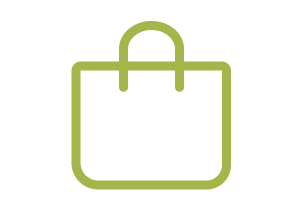
SCRAP RECOVERY
Measures the percentage of production scarp that is not sent to waste but recovered for regeneration and production of new materials internally or from external companies.
31%
67%
WASTE RECOVERY
Measures the share of the total waste fraction that is sent to recovery processes and not to disposal or storage.
WATER CIRCULARITY
Measures the percentage of water that is recovered internally to be used again in internal processes or for other uses.
21%
42%
ENERGY CIRCULARITY
Measures the share of energy used by the company that was produced from renewable sources, such as solar, wind, biomass, hydroelectric, geothermal, compared to the total.
